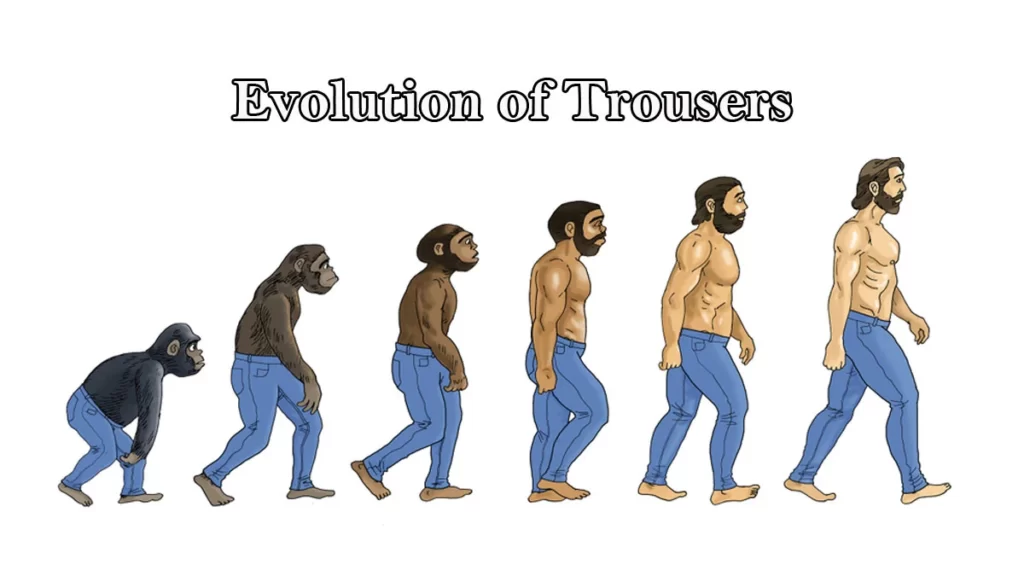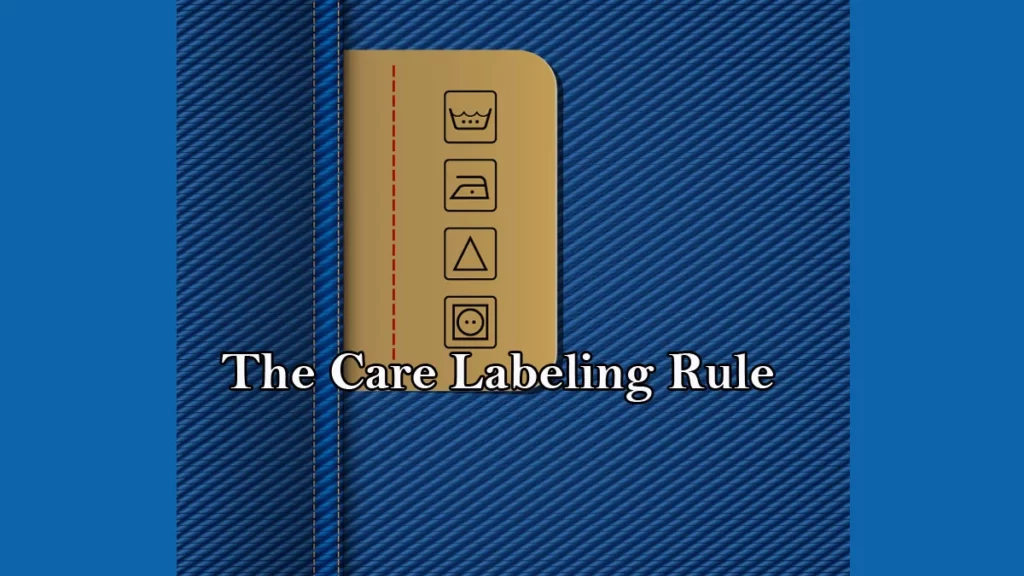Dress pants include almost all types of trousers meant for formal occasions, excluding suit pants, which belong to a category of its own. The trousers for suits are special as these have to match the accompanying coat that forms a complete set. Dress pants, also known as slacks, are usually loose-fitting pants that you can use as formal wear or tone down for a more casual look. Dress pants are unisex clothing for both men and women and are made from various fabrics such as polyester, wool, cotton, linen, or a blend. These pants are highly versatile, and suit varied occasions but differ from jeans, which are an out-and-out casual attire and never worn for formal or semi-formal occasions. Proper maintenance is necessary to maintain the good looks of dress pants, and you should know how to wash dress pants.
Why you should know how to wash dress pants


Jeans require the least maintenance, and you can wash them occasionally. However, dress pants need much more care and maintenance to ensure durability and the good looks of fabric, each of which needs special washing techniques. Since most fabrics of dress pants are delicate, you must follow the washing instructions mentioned on the label, especially when washing for the first time. The instructions are like a brief guide about washing different fabrics, and you should be sure about the type of fabric of the pants you intend to wash. The instructions answer the question – how to wash dress pants.
All types of dress pants fabrics are unsuitable for machine washing, and some might be so delicate that hand washing is the only way to protect them. Moreover, depending on the type of fabric, water washing might not be suitable; instead, such fabrics need dry washing.
Before delving into the details about how to wash dress pants, let’s have a quick look at the history of dress pants.
The history of trousers, aka dress pants


Trousers are the quintessential bottom wear that has become the universal garment for men and women worldwide. Trousers are an integral part of wardrobes because of their extensive use and wide appeal as the most popular dress for any occasion. Different types of trousers made from various fabrics, which have become a staple dress across cultures, originated from the need to find a practical solution to a problem. But when and how did trousers catch people’s imagination, considering these as a substitute for the robe and tunic? Knowing about the origins of trousers is the perfect prelude to your search for an answer to how to wash dress pants.
Ancient origins
Trousers originated in the pre-historic period, although there needs to be more clarity about textiles used in ancient times. However, a study published in Quarternary International in 2014 highlighted the discovery of trousers in western China between 3,000 and 3,300 BC. These woolen trousers had a simple design with straight legs and a steppe crotch or wide crotch. The crotch had a slit to facilitate tying the trousers around the waist. The style of the trousers was suitable to wear when riding a horse as these allow for flexibility of movement of the legs.
Necessity is the mother of invention
As horses became a popular mode of travel, the inherent advantage of riding horses during warfare necessitated a new type of garment, allowing for more flexibility and protection. As horse riding gained popularity, so did the use of trousers as the most preferred garment for men
Widespread popularity
Trousers gradually gained popularity across the Mediterranean and other Eastern countries with Persian influence. According to the Greek historian Herodotus, there was enough evidence of trousers used in Persia during the 5th Century BC. The trend continued among the Romans and Greeks who adopted practical clothing, which faced some cultural resistance initially as people regarded trousers as ‘barbarian’ dress.
Although trousers were a male garment in the beginning across many cultures, certain societies allowed women to wear these, especially when women took to horse riding.
Evolution of trousers


Over the centuries, the basic design of trousers underwent numerous transformations to suit the aesthetic and cultural needs without compromising the functional aspect of freedom of movement of the lower part of the body. From the early 16th Century until the end of the 19th Century, Breeches, a short form of trousers that extended only below the knee, were popular in Europe. Worn along with stockings, Breeches were a staple garment for men.
The Industrial Revolution sweeping Europe during the middle of the eighteenth and nineteenth centuries brought about significant changes in trousers design. The need for durable and practical clothing for factory workers led to the invention of jeans in America in the 19th Century, a style that remains relevant even today.
From the late 19th Century to the early 20th Century, women also turned to trousers that gathered steam during the women’s rights movement. The trend accelerated during the two World Wars, which saw women join the armed forces dressed in formal military uniforms and trousers.
Today, trousers are the most popular dress, especially for men who cannot do without them. Whether you wear a suit for some formal occasion, dress casually in jeans or chinos, or take to some other dress pants, you should know how to wash dress pants.
Wash your trousers carefully


All types of trousers, regardless of the fabric, need proper maintenance by washing them regularly. However, how you wash the trousers matter most to ensure that the fabric retains its structure and finish for a long time. There is no one–size–fits–solution when it comes to taking care of your trousers, and you must have proper knowledge about how to wash dress pants. Since not all dress pants are alike, the washing or cleaning techniques are different.
Cotton, wool, polyester, linen, and other synthetic fabrics used for trousers have unique cleaning and washing needs that you can learn by following the fabric washing instructions on the trousers’ labels.
For proper garment care, you must understand the laundry symbols that guide how to wash dress pants and any other type of clothing. Laundry care language or symbols are universal, and understanding the significance of the symbols and language should help you properly care for your garments, including dress pants.
The Care Labeling Rule


To help consumers take proper care of their garments by focusing on the type of fabric, each of which needs different kinds of treatment for washing and cleaning, The Federal Trade Commission issued the Care Labeling Rule in 1971 in the US. Until 1997, textile manufacturers were using lengthy instructions about garment care, which subsequently paved the way for laundry symbols that are currently in use. The symbols describe the laundry methods applicable to different types of fabrics. Five symbols provide instructions regarding the manner of washing a particular fabric.
As stated below, the symbols appear in a given sequence on every label.
Washtub
The first is the washing tub symbol that tells you how to wash dress pants. Black dots represent the water temperature, and the underscore lines describe the recommended cycle. An X marked on the tub indicates that you should never wash the fabric.
Dots inscribed on the tub indicate the wash temperature. A single dot means 30oC or 85oF, two dots mean 40oC or 105oF, three dots mean 50oC or 120oF, while four dots mean 60oC or 140oF. Finally, five dots mean the warmest washing at 70oC or 160oF
Triangle
The second symbol is the triangle, which indicates bleach usage. A vacant triangle affirms the use of bleach for the fabric, whereas an X inscribed upon the triangle is a sign of caution, indicating that the fabric is unsuitable for bleach wash. If there are two diagonal lines inside the triangle, it tells that you can use non-chlorine bleach.
Square
The third symbol is a square that indicates how you should dry the fabric. Further refinement of the symbol with the help of lines tells you whether the fabric suits air-drying or tumble-drying. If you do not dry the fabric, then there will be a bold X on the square. In addition, the dots inside the square tell you about the drying temperature, and the lines indicate the drying cycle.
Ironing
The fourth symbol is that of ironing. Nowadays, many fabrics do not need ironing because of the advanced drying technology through innovations like steam cycles, permanent press, Wrinkle Shield, and Whirlpool’s proprietary technology. Yet, those who want the crisp crease of their pants can only do with ironing. The instructions for ironing are very relevant to them. The symbol looks like an old-fashioned iron and underscores the varying temperatures for ironing. For fabrics that do not require ironing, the symbol of iron has an X imprinted upon it.
A single dot on the iron refers to a temperature of 110oC or 230oF. Two dots represent 150oC or 300oF, and three indicate 200oC or 390oF. A big X across the iron indicates that no ironing is necessary, while a small cross below the iron prevents the use of steam iron.
Circle
The last symbol is a circle that indicates dry cleaning. Letters A, F, and P that appear inside the circle denote the type of cleaner to use. A indicates that any solvent is permissible for cleaning, P indicates using petroleum solvents only, and F indicates using any solvent except Trichloroethylene.
General rules for washing dress pants


Having read so far, you may know everything about washing dress pants. However, some general rules exist for taking proper care of your dress pants.
- Before washing your dress pants, carefully read the care label to understand exactly how to wash dress pants. Following the instructions correctly should ensure that you take proper care of your dress pants.
- To prevent color bleed, wash different colored pants separately and avoid washing these along with other apparel. Washing dark and light-colored pants separately is better to prevent color fading.
- Always use a gentle detergent to retain the color, softness, and smoothness of the fabric, as strong detergent can make the color fade and even harm the fabric’s quality. Don’t use hot water unless specified in the care label.
- Avoid washing longer because overwashing can affect the fabric’s durability and result in color fade. Be careful about tumble drying as much as possible to avoid fabric damage and shrinking, especially for cotton and linen.
- Pre-treat stains and remove them before washing. A solution of baking soda and water is an excellent stain remover, except for stubborn stains that need something stronger. Apply the solution before washing and allow the fabric to soak so the stain disappears without any trace.
- As indicated in the care label, take extreme care during ironing to maintain the right temperature for the fabric type. Ensure you understand the symbols correctly and maintain the iron’s temperature as recommended. A lower temperature will result in incomplete ironing, and a high temperature damages the fabric.
Maintaining the appearance and quality of your dress pants is crucial to getting the right value for the money spent buying dress pants. To ensure proper care of your dress pants, more is needed to know how to wash them; it is equally important to decode the symbols of the care label correctly. Proper maintenance of dress pants can save costs by avoiding frequent replacements.


Leave a Reply